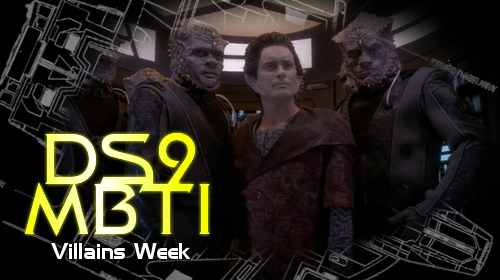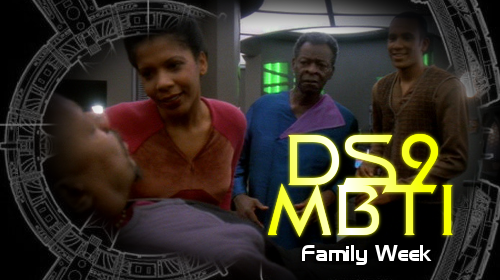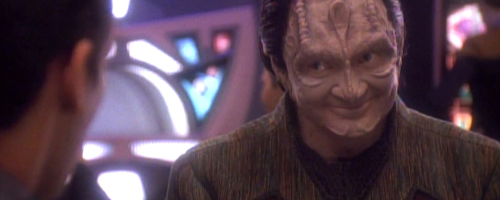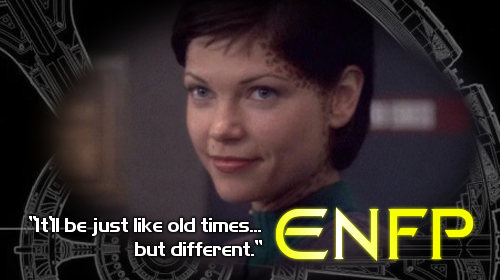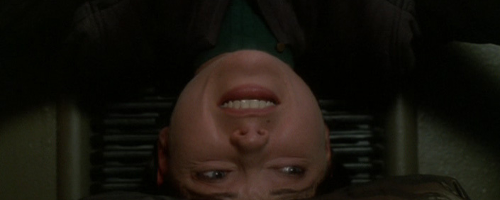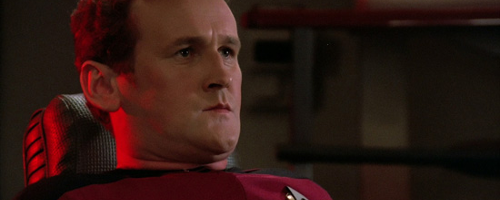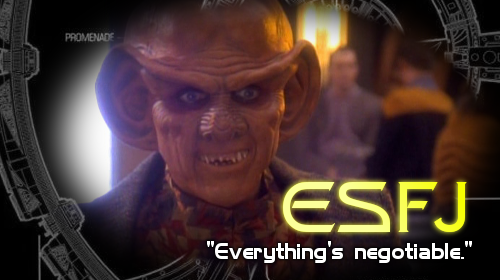
ENFJ – the Giver, the Mentor, the Believer
It’s encouraging finally to see an Fe-dom character in Star Trek who’s a good guy. As a nerdy sci-fi show, I think Trek prefers Thinkers over Feelers, and most of our heroic Fe-users have also been Introverts (McCoy, Worf, Troi). Till now, all we had in the Extravert category were Janice Rand and Edith Keeler, and they weren’t around long; and Quark’s kind of an anti-hero. We have two ENFJ Trek villains, with more to come on DS9. Bashir himself started out extremely unlikeable, a brash, arrogant Extraverted Feeler on a crew run by moody Fi-users. Some fans never got over that. Some, like O’Brien, found a lot to love and respect about our young doctor.
(Some of us just thought he was cute, but that’s beside the point.)
Dominant Function: (Fe) Extraverted Feeling, “The Garden Fountain”

Doctor Julian Bashir wants to save the world. Or, worlds. He wants to help every sick or injured person he meets, whether they want his help or not.
Charismatic and charming in ways that infuriate his crewmates when he first arrives on DS9, Bashir eagerly talks up his own intelligence and accomplishments as if waiting for applause. He lets the unimpressed Kira know what a sacrifice he made by taking this assignment “in the wilderness.” He often mentions the one question he got wrong on his final medical exam, which made him second in his class instead of first—it’s later revealed that he missed the question out of fear of appearing too perfect, and to hide his genetically engineered nature.
Even after all his embarrassing behavior in the first episode, Bashir shows he’s ready for the job by jumping in to treat the injured during an attack, and commanding Odo’s assistance.
After that, even as he’s growing out of his youthful arrogance, Bashir continues to throw himself at situations where a gallant healer is needed.
Continue reading →
